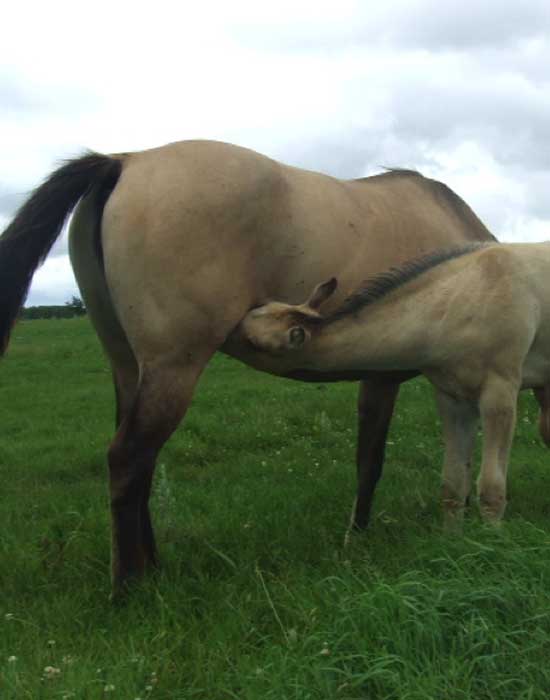
How Light Signals the Breeding Season to the Mare

Evolutionary Basis of the Mare’s Reproductive Cycle
To understand the importance of light for our horses we need to go back to the very beginning. Further back even than the 60 million years it has taken the horse’s earliest ancestor, Eohippos, to become the elite athlete we know today and represented by the many breeds of Equus caballus. When life first emerged on our planet there was a lot of chaos and confusion. Biological processes in the first organisms happened at random throughout the day and night with little if any organisation. However, as the millennia passed, an interesting phenomenon unfolded – organisms that were more in tune with the changing cycles of light and dark of their environment, were more likely to survive and reproduce. This natural selection of the fittest is a result of the continuously changing photo period created by the rotation of our planet around its own axis and, in turn, our planet’s rotation around the sun. The gradually changing day lengths associated with the waxing and waning of the annual seasons gave rise to predictable changes in food availability, climatic conditions, and predation pressures. Thus, through the lens of evolution, bio-periodicity emerged from the chaos and an internal timing system evolved to provide organization to biological timing.
